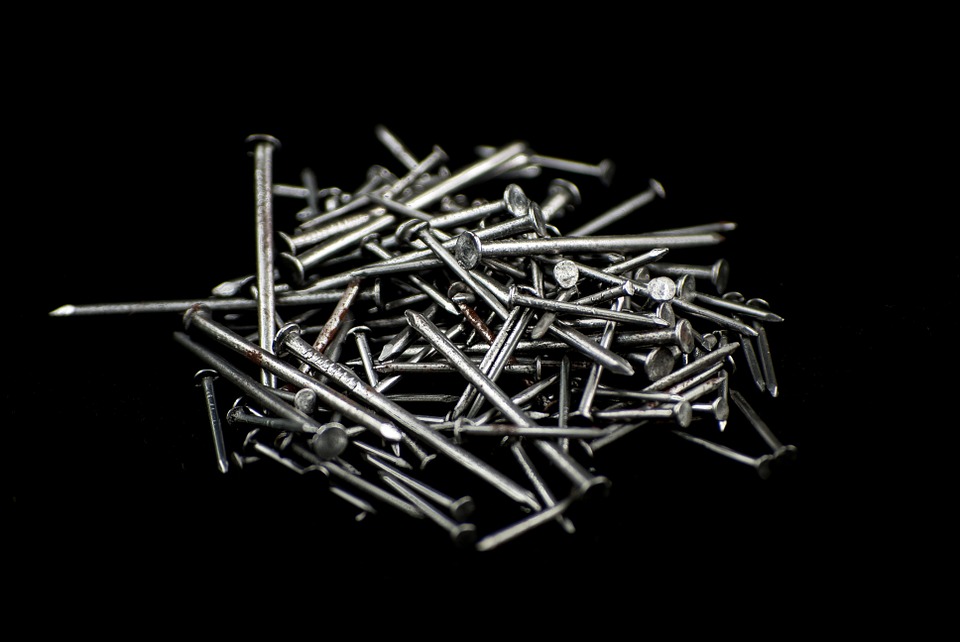Nails are one of the most basic and common forms of fasteners for almost every job out there. Whether you’re working with flooring, framing, roofing, or anything other part of your typical build, nails (or pins) will be the primary method you use to fasten anything together. There have been wooden nails, zinc pins, steel nails, and more, all for the same purpose of connecting something to wood. In the past 20 years, construction screws and a number of alternative fastening methods have emerged. However, nails are still the primary method for fastening your projects together.
Picking the correct nail for a given project can make all the difference for both fastening power and cosmetic appearance. If you’re simply looking for the best way to hold one board to another, the standard, common nail gives you what you’re looking for. One of the most simplistic principles is applied to nails – pressure. Nails work by pushing through the wood itself – the fibers and grains, and as a nail is moved, the wood squeezes against the nail, locking it in place. You can observe a similar principle by interlacing pages of a phone book together with another phone book, and trying to pull the two apart. This static energy is very powerful.
The main culprit of ineffective nail use is typically the wood itself used for the nails. Each different kind of wood has a different holding power on a nail. Most hardwoods, especially the higher-end pieces, tend to do poorly with nails as the wood often splits under the pressure.
Here are some tips on which nail is best for your job from “on the house.”
- Choosing the right nail for the job can make a big difference in hold power and appearance. Common practice calls for driving the nail through the thinner board into the thicker board. For maximum holding power, the length of the nail should be such that it passes almost, but not quite, through the thicker board. Thus, to fasten a 7/8-inch board to a 2 5/8-inch board, a 12-penny (12d) nail, that is 3 inches long, would be ideal.
- When there is no need to conceal the nail head, or when maximum holding power is required, common nails are the best choice. They have flat, medium diameter heads. When the nail is temporary and will be pulled out again, as with form work, a double-headed or duplex nail is the best choice.
- For finish work, when the nail head is to be recessed below the surface of the material and concealed with putty, a finish nail is the way to go. It has a small head that contains a dimple which readily accepts the point of a nailset.
- Long, small gauge collated nails make assembling cabinets easy and reduce the need for individually nailing when setting base trim and crown molding. Shot from a nail gun, these nails have a T-shaped head which securely holds the boards or veneer in place, but has a low enough profile as to not draw attention to them.
- Ordinary nails are made of steel, and thus will rust. To keep them from rusting, many types of nails are treated beforehand by applying a zinc coating. While zinc itself does not rust, zinc-coated nails sometimes do because the zinc often gets knocked off by the hammer, and the exposed iron thus can rust a bit. Consequently, a checkered head nail should be used. It holds extra zinc or paint so that hammering won’t chip off the protective coating. An alternative is aluminum nails. They cost more, but don’t rust.


I was wondering if could buy direct finish nails I’m located in Savannah Georgia and own my own interior trim business and go through nails like crazy